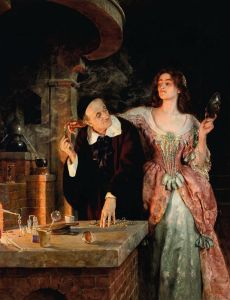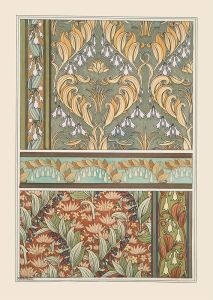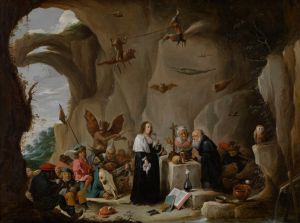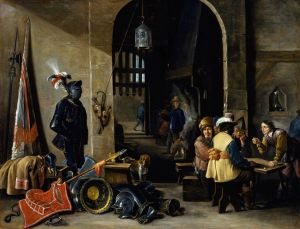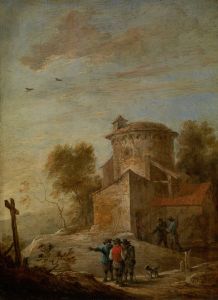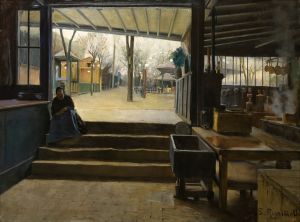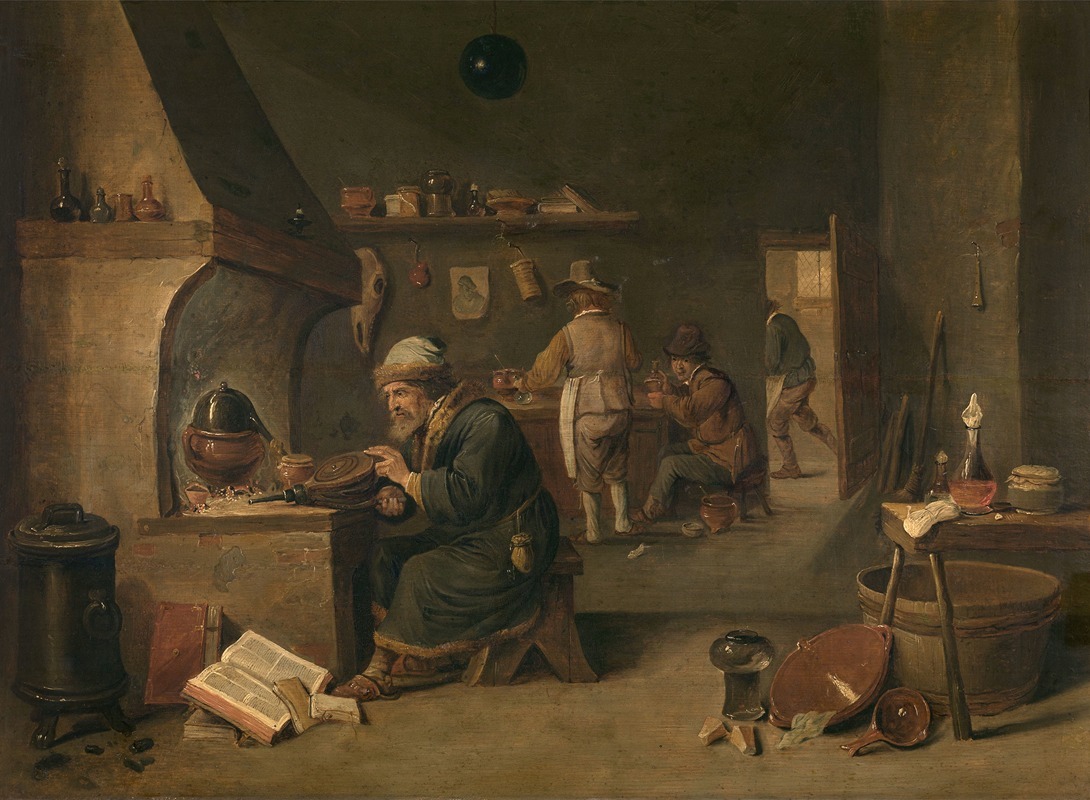
Alchemist
A hand-painted replica of David Teniers The Younger’s masterpiece Alchemist, meticulously crafted by professional artists to capture the true essence of the original. Each piece is created with museum-quality canvas and rare mineral pigments, carefully painted by experienced artists with delicate brushstrokes and rich, layered colors to perfectly recreate the texture of the original artwork. Unlike machine-printed reproductions, this hand-painted version brings the painting to life, infused with the artist’s emotions and skill in every stroke. Whether for personal collection or home decoration, it instantly elevates the artistic atmosphere of any space.
David Teniers the Younger, a prominent Flemish painter of the 17th century, is well-known for his genre scenes, landscapes, and depictions of alchemists at work. One of his notable works, "The Alchemist," exemplifies his skill in capturing the intricate details and atmosphere of an alchemist's laboratory. Teniers was born in Antwerp in 1610 and was part of a family of artists, which significantly influenced his career. He became a master in the Antwerp Guild of Saint Luke in 1632 and later served as the court painter for Archduke Leopold Wilhelm of Austria.
"The Alchemist" is a genre painting that reflects the fascination with alchemy during the 17th century, a time when the boundaries between science and mysticism were often blurred. Teniers' depiction of alchemists is not merely a portrayal of their work but also a commentary on the human condition, often highlighting the futility and folly associated with the pursuit of turning base metals into gold or finding the elixir of life.
In this painting, Teniers presents a cluttered and chaotic laboratory filled with various scientific instruments, books, and alchemical paraphernalia. The alchemist, often portrayed as an older man with a long beard, is deeply engrossed in his work, surrounded by assistants or apprentices. The setting is typically dimly lit, with light sources such as candles or windows casting dramatic shadows, enhancing the mysterious and secretive nature of the alchemist's endeavors.
Teniers' attention to detail is evident in the meticulous rendering of objects within the laboratory, from glassware and crucibles to manuscripts and scales. This precision not only showcases his technical skill but also serves to immerse the viewer in the world of the alchemist. The artist's use of color and light further adds to the painting's atmosphere, with warm tones often dominating the scene, creating a sense of warmth and intimacy despite the clutter.
The painting also reflects the social and cultural attitudes of the time. Alchemy, while often ridiculed, was a precursor to modern chemistry and held a significant place in the intellectual landscape of the 17th century. Teniers' work captures this duality, portraying the alchemist as both a figure of wisdom and folly. His paintings often include subtle moral messages, suggesting the dangers of obsession and the pursuit of unattainable goals.
David Teniers the Younger's "The Alchemist" is a testament to his ability to blend genre painting with social commentary, creating works that are both visually engaging and intellectually stimulating. His paintings remain valuable historical records, offering insights into the practices and perceptions of alchemy in the early modern period. Through his art, Teniers provides a window into the past, capturing the spirit of an era where science and mysticism coexisted in a complex and fascinating relationship.







